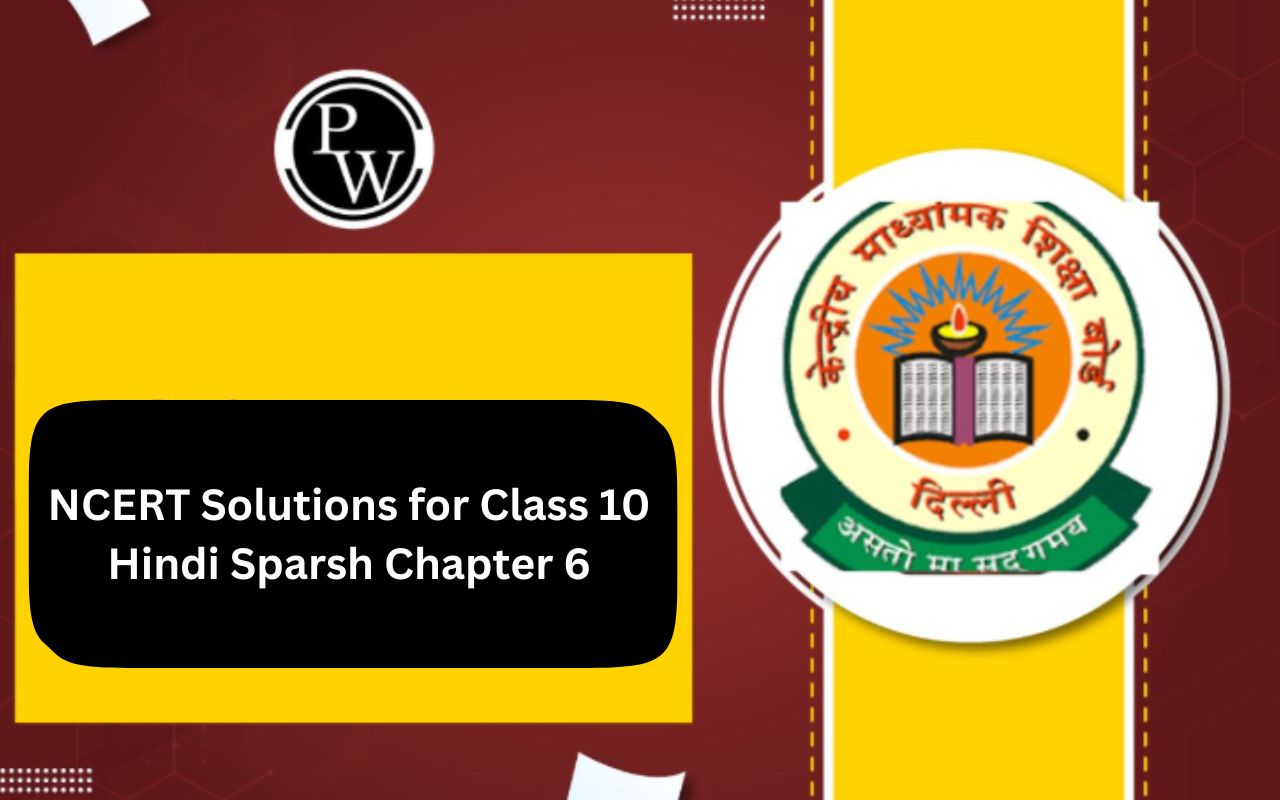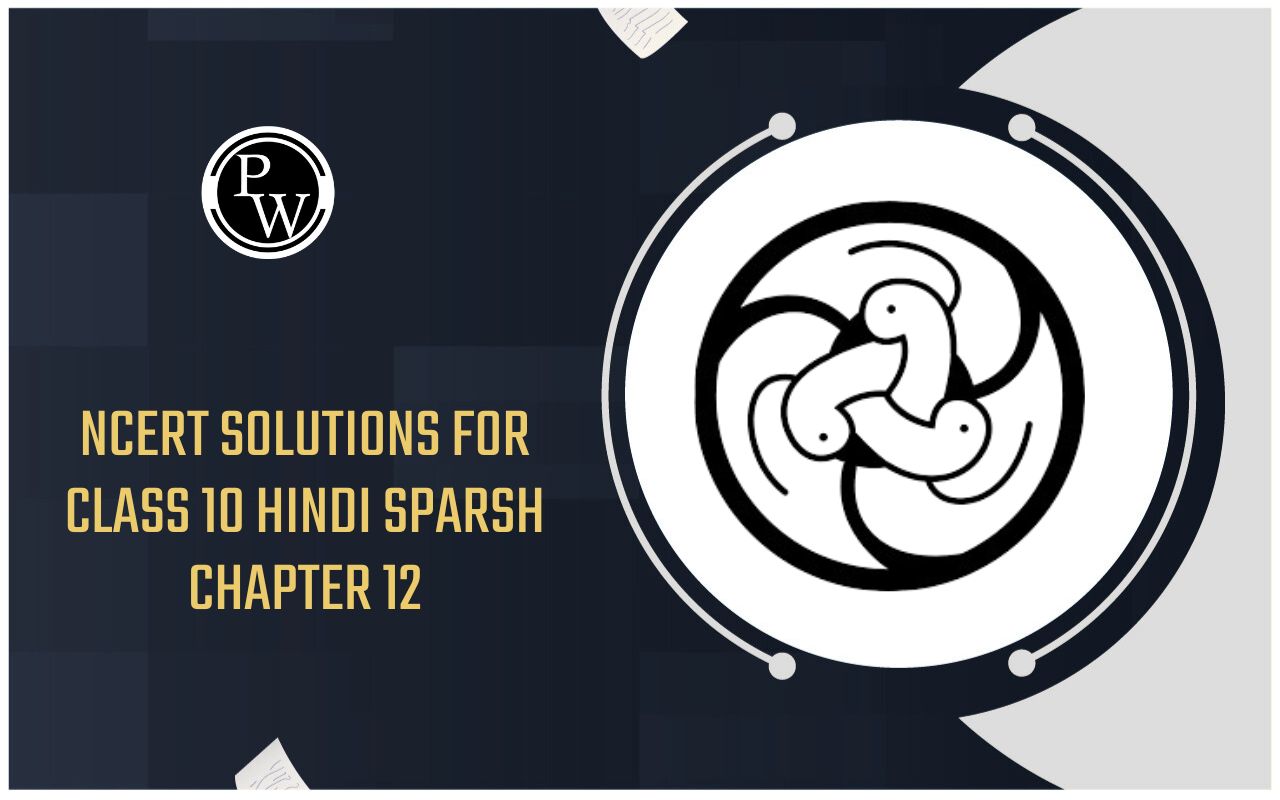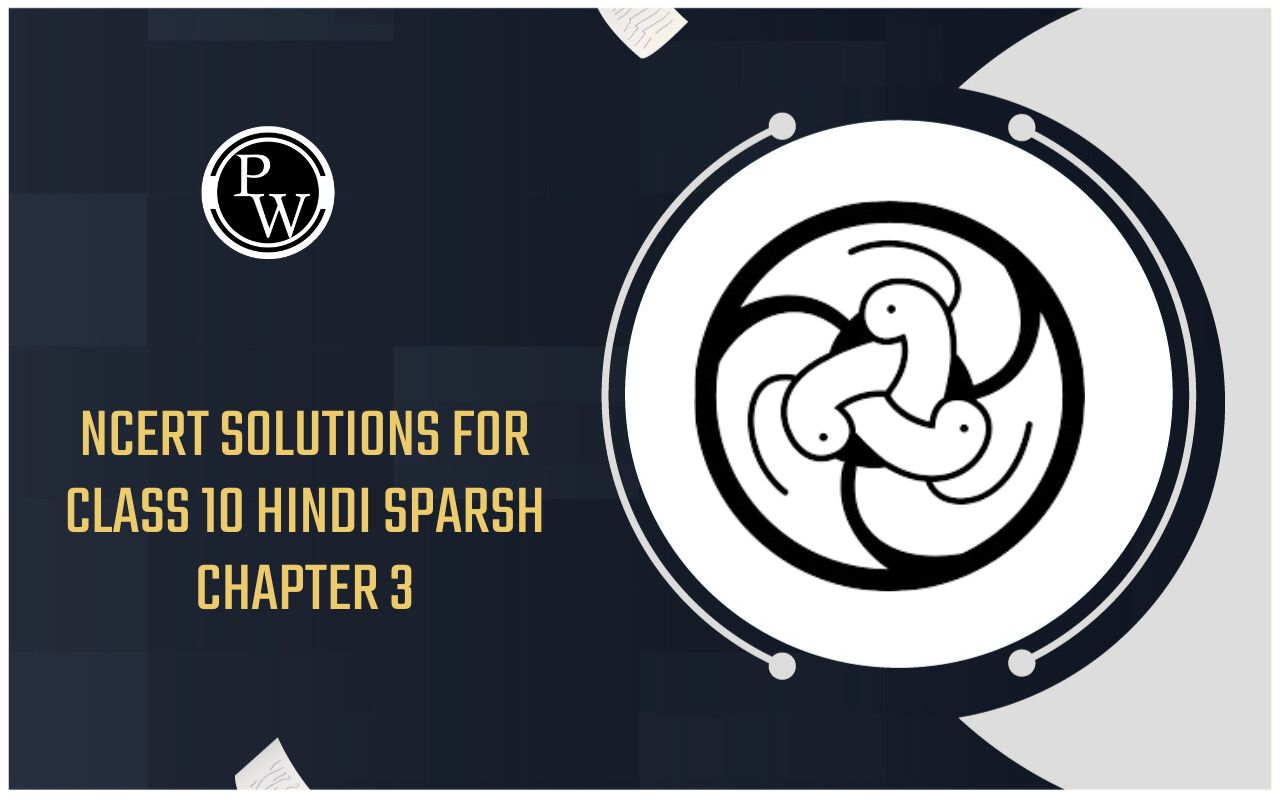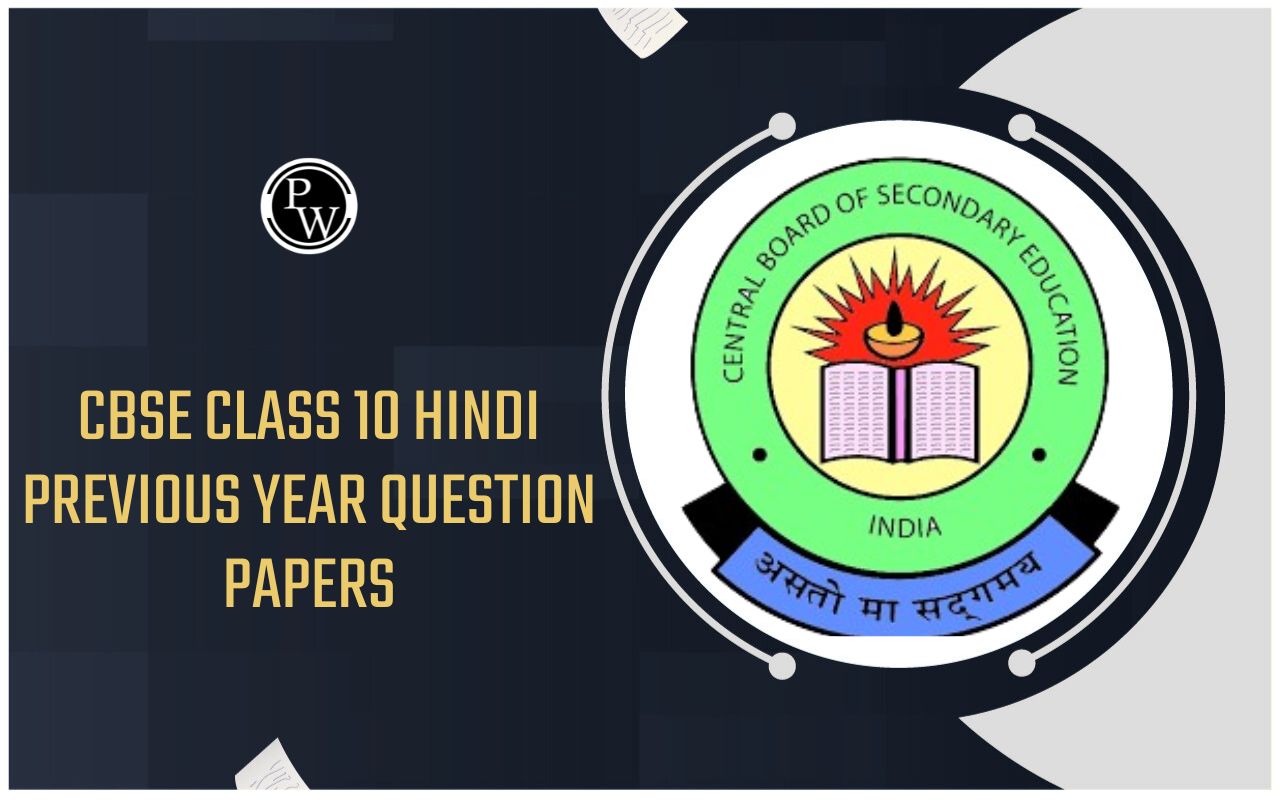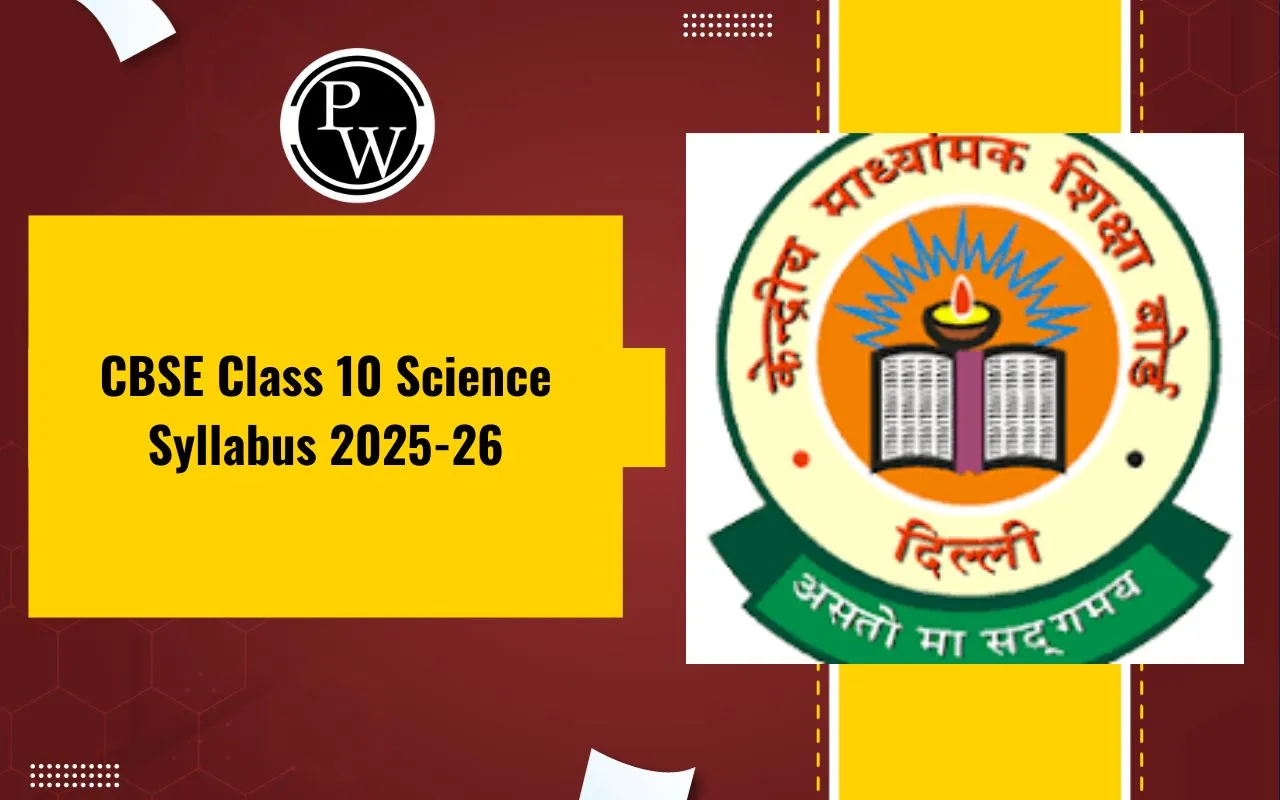
NCERT Solutions for Class 10 English Footprints without Feet Chapter 6: With one prose lesson, "The Making of a Scientist," we offer 100% authentic NCERT Solutions for Class 10 English Footprints Without Feet Chapter 6. Our team of subject-matter specialists created the NCERT Solutions for Class 10 English Footprints without Feet Chapter 6 to offer students in the class outstanding answers.
To ensure that students fully grasp this subject, the solutions have been designed straightforwardly. Class 10 students will be able to attempt all unit-wise questions and receive good grades in English by consulting these NCERT solutions.NCERT Solutions for Class 10 English Footprints without Feet Chapter 6 Overview
The Making of a Scientist tells the tale of Richard Ebright, a scientist who made outstanding contributions to the fields of molecular biology and biochemistry and who was honored with both the Schering Plough Award and the Searle Scholar Award. He was fascinated with butterflies and used to gather them assiduously to learn more about the species. Richard Ebright was a bright and inquisitive man who enjoyed learning new things and investigating different scientific theories. Students discover in this section how Ebright became interested in science because of his curiosity and love of learning new things.NCERT Solutions for Class 10 English Footprints without Feet Chapter 6 PDF
With the aid of these NCERT Solutions, students will be able to swiftly review the key questions from the chapter and improve their comprehension assessment. The subject matter experts here have created the NCERT Solutions for Class 10 English Footprints without Feet Chapter 6 by the most recent CBSE Class 10 guidelines. Students can get the Solutions PDF for free. These NCERT Solutions are available in PDF format. Since these solutions are composed according to the most recent standards set forth by the CBSE, students who want to ace the exams need to practice these solutions frequently. Furthermore, you would be able to understand your fundamental principles after completing the NCERT Solutions for Class 10 English Footprints without Feet Chapter 6.NCERT Solutions for Class 10 English Footprints without Feet Chapter 6 PDF
NCERT Solutions for Class 10 English Footprints without Feet Chapter 6
1. How did a book become a turning point in Richard Ebright’s life?
Richard Ebright indulged in his interest in collecting butterflies. By the time he reached second grade, he had collected all twenty-five species of butterflies found in his hometown. At this moment, his collection of butterflies would have ended. By this time, however, his mother had given him a book titled "The Travels of Monarch X". He learned about the journey of the monarch butterfly to Central America from this book. This book introduced him to science and sparked his interest in monarch butterflies. For Richard Ebright, this turned out to be a turning point in his life. In his basement, he began to raise monarch butterflies and study them at different stages of their lives.2. How did his mother help him?
Richard Ebright was helped by his mother, who encouraged his curiosity. She purchased him telescopes, microscopes, cameras, mounting supplies, and other equipment, went on vacation with him, and provided him with various forms of assistance. If he had nothing to do, she found things for him to learn. Even the book that marked a sea change in his life was given to him by his mother. Thus, it may be claimed that his mother had a major influence on his growth as a scientist.3. What lesson does Ebright learn when he does not win anything at a science fair?
Ebright is aware that something is not always scientific just because it is on exhibit. It will take actual experiments for him to win a scientific fair.4. What experiments and projects does he then undertake?
Most of Ebright's time had been devoted to studying butterflies, especially monarchs. That was the only thing that immediately sprang to mind for the fair the following year. He worked through the several ideas that Dr. Urquhart had given him, one by one. He set out to identify the source of a viral disease that every few years killed almost all monarch caterpillars. He tried raising caterpillars in the company of the disease-carrying beetles to achieve this. Even though the experiment didn't work out well, he still gained something from it. Later, he experimented to test the theory that viceroy butterflies mimic monarchs to evade avian predators.5. What are the qualities that go into the making of a scientist?
Three attributes are necessary for becoming a scientist, according to the author: curiosity, mental acuity, and a strong desire to succeed for the right reasons. Richard Ebright was an extraordinarily gifted student. Among his many talents were photography, canoeing, public speaking, and debating. He was constantly prepared to go above and above. He was courteous yet competitive. He was intelligent and showed a deep interest right away, which is what inspired him to come up with the idea of cell life.Think About It
1. How can one become a scientist, an economist, a historian…? Does it simply involve reading many books on the subject? Does it involve observing, thinking, and doing experiments?
It takes more than merely reading books to learn. This is an endeavor to obtain information. The level of learning is based on how your brain interprets the data. Strong curiosity and an unquenchable thirst for knowledge are the first and most crucial requirements for becoming a genius in one's chosen field.
A sharp sense of observation is the next requirement, which enables you to connect your conclusions to what you observe or encounter in the actual world. To validate your findings against a range of factors and in real-world circumstances, experiments are necessary. Finally, but just as importantly, you need to be driven to work hard in your area of interest.
2. You must have read about cells and DNA in your science books. Discuss Richard Ebright’s work in light of what you have studied. If you get an opportunity to work like Richard Ebright on projects and experiments, which field would you like to work in and why?
There is a clear biological connection to Ebright's findings. Understanding the anatomy of a cell has helped scientists better grasp how organisms develop and function. This has helped scientists better understand how microorganisms that cause disease attack and proliferate within human systems. They must have gained insight on how to treat a particular illness from this. Police use DNA fingerprinting to help them find the real offender.
This was not conceivable after DNA was discovered. One amazing example of a little animal that travels thousands of kilometers from North America to the Amazon rainforest is the monarch butterfly. Maybe in the future, we'll be able to create a navigation system just as dependable and strong as monarch butterflies.
Talk About It
1. Children everywhere wonder about the world around them. The questions they ask are the beginning of the scientific inquiry. Given below are some questions that children in India have asked Professor Yash Pal and Dr Rahul Pal, as reported in their book, Discovered Questions (NCERT, 2006).
(i) What is DNA fingerprinting? What are its uses?
DNA is the blueprint for life. A boy or a girl will always exhibit characteristics that may be traced back to both parents, making DNA fingerprinting an invaluable forensic method for parentage determination. To identify genes, a tiny drop of blood or a single hair strand can be employed. It's also frequently used in criminal investigations to establish the guilt or innocence of a murder suspect on the scene.
(ii) How do honeybees identify their honeycombs?
Insects with great intelligence, honeybees are adept at navigating and recognizing their surroundings. Their chemicals create paths that other honeybees can follow to locate their honeycomb. In addition, bees possess a method for measuring distance, a system for determining direction, and a form of pictorial memory that aids in the finding of their honeycombs.
(iii) Why does rain fall in drops?
Can you answer these questions? You will find Professor Yash Pal and Dr Rahul Pal’s answers (as given in Discovered Questions) on page 75.
Vapor condensation happens when the air temperature drops below the dew point. When a cloud's vapor cannot condense all at once, a large pool of water forms. Initially, the majority of raindrops are tiny ice crystals that gradually absorb moisture as they descend to lower altitudes. Eventually, they melt into water droplets and fall to Earth as rain.
2. You also must have wondered about certain things around you. Share these questions with your class and try to answer them.
Like many others, I've considered some of the changes that have occurred in my environment. I tried to consider their answers. These are the questions:
What makes the sky so blue?
What causes stars to twinkle?
What exactly is a rainbow?
Benefits of NCERT Solutions for Class 10 English Footprints without Feet Chapter 6
Class 10th English Footprints Without Feet Chapter 6 is a great resource to help you improve your test-taking techniques. Let's now briefly review the several strategies you might use to raise your English proficiency in advance of exams.- If you haven't read the textbook chapters, having these answers is insufficient. Without a doubt, the Class 10 English Footprints Without Feet Chapter 6 NCERT solutions are helpful study aids for exams. To understand the subject, however, you must also go through each chapter in its entirety.
- You should give each question the same amount of weight when you're studying for the test. Making use of these solutions is frequently the best approach to master time management techniques. Students can gain valuable time management skills from these solutions, which have been crafted with consideration for the CBSE criteria.
- Understanding the idea underlying each exam question is essential. It will be challenging for you to get decent grades if you don't grasp the idea. You can have a solid understanding of the main ideas with the help of the NCERT solutions for Class 10 English, The Making of a Scientist.
|
NCERT Solutions for Class 10 English Footprints without Feet Chapter Wise List |
| Chapter 1 - A Triumph of Surgery |
| Chapter 2 - The Thief's Story |
| Chapter 3 - The Midnight Visitor |
| Chapter 4 - A Question of Trust |
| Chapter 5 - Footprints without Feet |
| Chapter 6 - The Making of a Scientist |
| Chapter 7 - The Necklace |
| Chapter 8 - The Hack Driver |
| Chapter 9 - Bholi |
| Chapter 10 - The Book that Saved the Earth |
NCERT Solutions for Class 10 English Footprints without Feet Chapter 6 FAQs
How many questions come from Footprints Without Feet class 10?
What are the qualities that go into the making of a scientist class 10th answer?
Who is the scientist in Footprints without feet Class 10?

